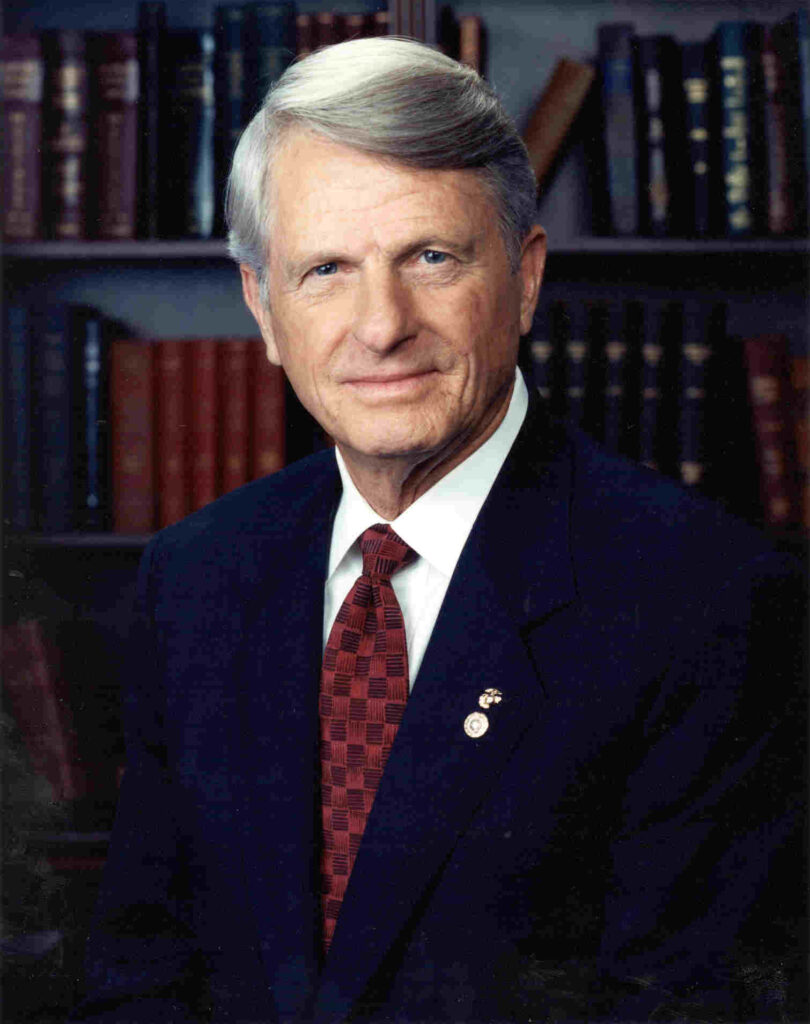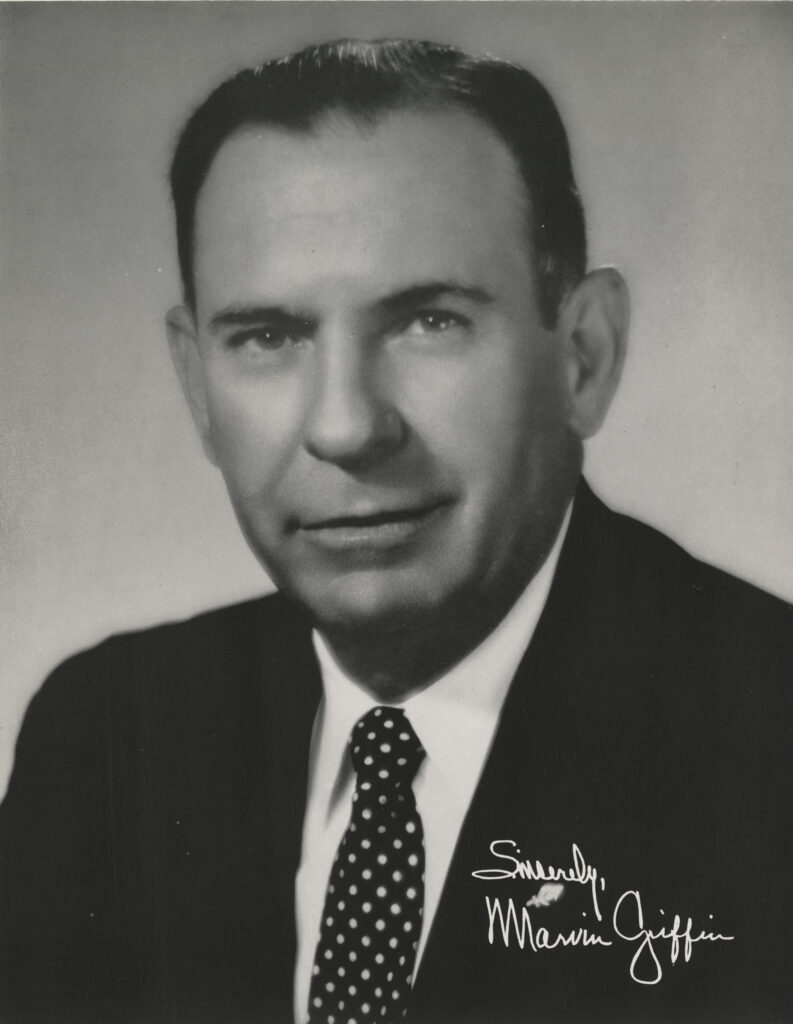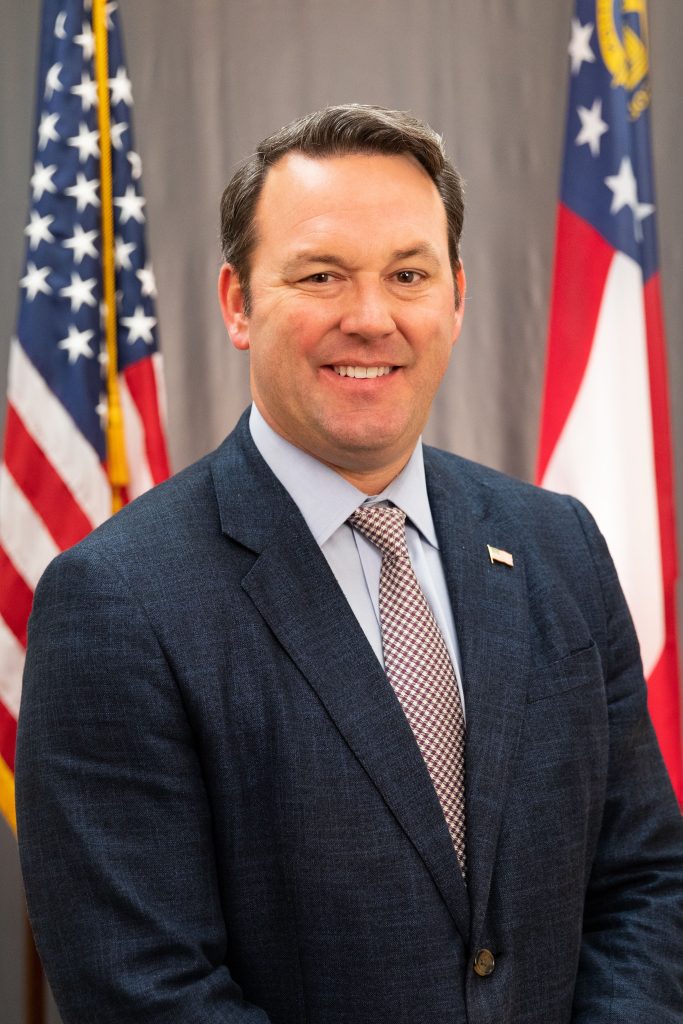The office of lieutenant governor was created by the 1945 Georgia Constitution. The primary impetus was to ensure a smooth succession in case of a vacancy in the governorship. The lieutenant governor is also the constitutionally mandated president of the Georgia senate. Before 1945 state senators chose the president of the senate, who then became the governor if a vacancy occurred in that office. Several times in the nineteenth century, governors died and were replaced by the president of the senate.

Georgia lieutenant governors, unlike candidates for vice president of the United States, do not run on a ticket system. Instead of being chosen as the running mate of a gubernatorial nominee, candidates running for lieutenant governor stand for election independently. Thus the state’s two highest elected officials may view each other as political opponents.
The absence of a ticket system also opens the possibility that governor and lieutenant governor will be of different political parties, as happened in November 2002, when Republican Sonny Perdue won election as governor and Democrat Mark Taylor won reelection as lieutenant governor. Given that the lieutenant governor is in the unique position of being a member of both the executive and legislative branches, one who does not have a compatible working relationship with a governor would be well placed to impede a governor’s legislative agenda.
Qualifications and Terms
A candidate for lieutenant governor must be at least thirty years old upon assuming office, a U.S. citizen for a minimum of fifteen years, and a resident of Georgia for at least six years before election. The term of office is four years. Unlike the governor, who is limited to two consecutive terms of office, the lieutenant governor has no limit on the number of times he or she may serve. In the event of a governor’s death, the state constitution charges the lieutenant governor with assuming office as the governor until the next general election. If the governor becomes disabled and unable to fulfill the duties of office, then four statewide elected officials can petition the Supreme Court of Georgia to decide whether he or she is fit for office. If the court decides the governor is unfit for duty, then the same procedure applies as when a governor dies in office.

History
In 1946 Melvin E. Thompson was elected the state’s first lieutenant governor, but as a result of the “three governors controversy,” he never actually served in office. Thompson eventually became the acting governor after the Georgia Supreme Court determined that he should be the chief executive after the death of Governor Eugene Talmadge. The court ruled that Thompson should serve as acting governor until a special election was held in 1948 to fill the remainder of the gubernatorial term as well as the lieutenant governorship.
Consequently, the first true lieutenant governor of Georgia was Marvin Griffin, who was elected to the office in 1948. Griffin set the tone and informal powers of the office, which survived for decades. He was reelected to the position in 1950.

In 1954 Griffin was elected governor himself, and his successor as governor, Ernest Vandiver (1958-62), also served first as lieutenant governor. The next lieutenant governor to run successfully for governor was Zell Miller in 1990.
Overall, the best route to becoming lieutenant governor is to have held office in state government. All of the state’s ten lieutenant governors from 1948 until 2003 served in state government, usually holding a seat in the state legislature, before running for office. On one occasion a sitting governor, Lester Maddox, ran for and won election as lieutenant governor when his gubernatorial term was over in 1970. (He did so in order to remain in the public eye until he could run for governor again in 1974.)
Until Miller was reelected lieutenant governor in 1978, no lieutenant governor had ever served two full terms, even though there are no term limits on the office (Griffin had served a term and a half). Miller held the position two more times, until 1990. Pierre Howard continued that pattern of succeeding himself by serving as lieutenant governor from 1990 to 1998.
Mark Taylor was elected to the office in 1998 and reelected in 2002. In 2006 Casey Cagle became the first Republican ever elected lieutenant governor in Georgia. The current lieutenant governor, Burt Jones, took office in 2023.

Duties
Besides the gubernatorial succession, the state constitution says nothing else about the lieutenant governor’s duties other than charging him with presiding over the senate. Griffin expanded the role of the lieutenant governor in state politics by starting the tradition of naming chairmen to senate committees (a power that the U.S. vice president does not have in the U.S. Senate) and by taking an active role in the leadership of the senate. Griffin also started the custom, followed by some of his successors, of obtaining the governor’s approval of appointments to committee chairs.
This role prevailed until the Republican Party—holding both the governorship and the senate majority for the first time since Reconstruction—in 2003 stripped the Democratic lieutenant governor of most of his power in the senate, instead giving control over committee chairmanships and major legislation to the Republican senate pro tempore. Eric Johnson, formally named the senate leader by the ruling party, in turn became the first Republican to lead the state senate since 1871.














